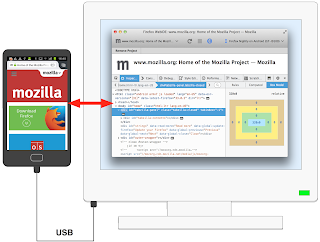What is the
purpose of creating an app? This is a question that must be asked by every
business owner and app developer because it is at the heart of mobile app
development. For an app that is of the promotional type, it might be wise to
give the task to a seasoned mobile development company. But if your objective
is to reach a particular monetary target with your app, then that calls for a
more targeted approach. This cud mean creating your very own app and with a
good app developer. Finding a competent and experienced app developer can be
difficult, but once you identify the right man for the job, melting ideas and
action can’t be difficult.
We jot down the questions you should ask when you start to build a mobile app.
Will the app be free? The app category can determine whether your app is free or paid. Entertainment and games are usually free on most platforms. You can however still find a balance by creating both paid and free versions of the app. Being in the market for some time can be of great help as it helps you make a decision on monetization options. Developers looking for more downloads will find free apps most suitable.
What kind will the app be? This is important because the market trends are ever changing. You therefore want to make sure that you create an app that is bound to be in demand. By looking at the top paid and free apps, you should be in a position to choose a category and app kind that will not disappoint. Possibilities are that the market might have an app similar to what you have in mind and your homework should be to find whether people are actually downloading the app. Create an app people will love to have.
Should I hire an app developer or create the app myself? Hiring an app developer may be an easy way out if you are just looking for a promotional tool for your business but it will definitely cost you more in the long run. If your aim is to start an app business, then you are better off building your app. A good app developer will give you the right combination of security and interactivity. You will however need to make the right choice with the mobile app builder and learn how it works to have a pleasant experience. There are some app builders too, that have been designed easy-to-use so you don't need any coding knowledge to successfully develop your app.
We jot down the questions you should ask when you start to build a mobile app.
Will the app be free? The app category can determine whether your app is free or paid. Entertainment and games are usually free on most platforms. You can however still find a balance by creating both paid and free versions of the app. Being in the market for some time can be of great help as it helps you make a decision on monetization options. Developers looking for more downloads will find free apps most suitable.
What kind will the app be? This is important because the market trends are ever changing. You therefore want to make sure that you create an app that is bound to be in demand. By looking at the top paid and free apps, you should be in a position to choose a category and app kind that will not disappoint. Possibilities are that the market might have an app similar to what you have in mind and your homework should be to find whether people are actually downloading the app. Create an app people will love to have.
Should I hire an app developer or create the app myself? Hiring an app developer may be an easy way out if you are just looking for a promotional tool for your business but it will definitely cost you more in the long run. If your aim is to start an app business, then you are better off building your app. A good app developer will give you the right combination of security and interactivity. You will however need to make the right choice with the mobile app builder and learn how it works to have a pleasant experience. There are some app builders too, that have been designed easy-to-use so you don't need any coding knowledge to successfully develop your app.









